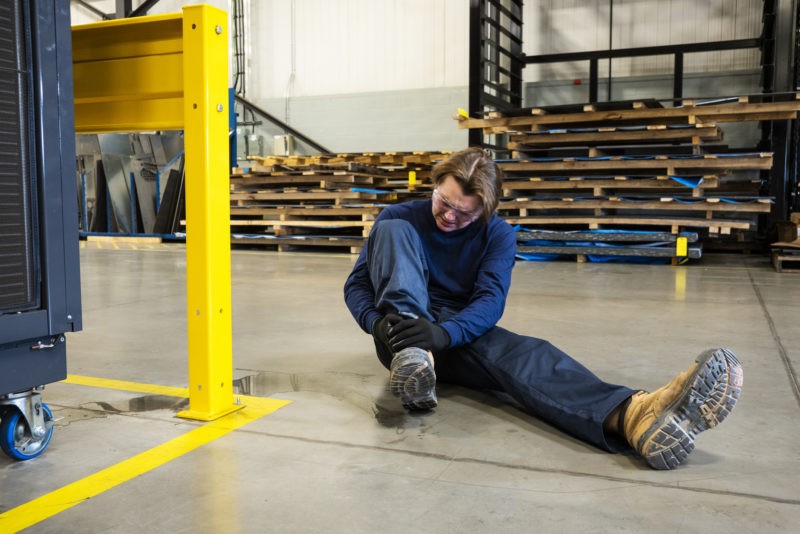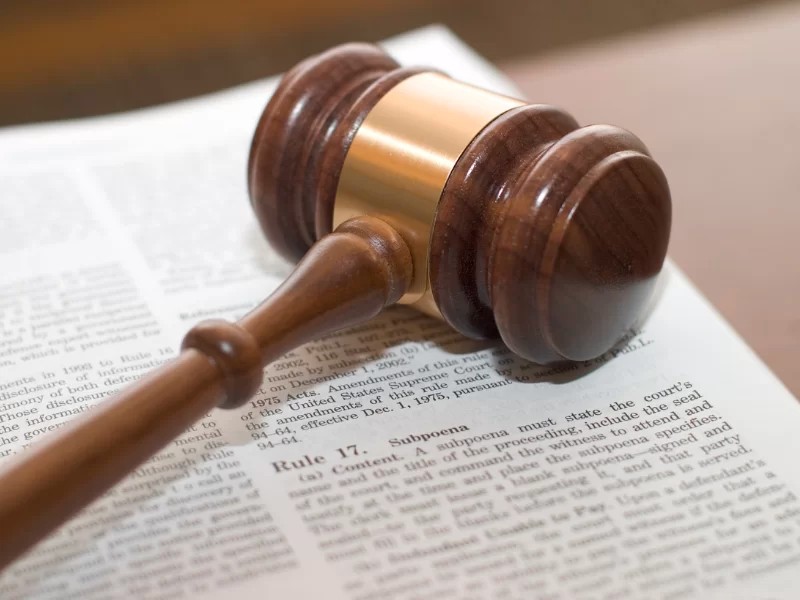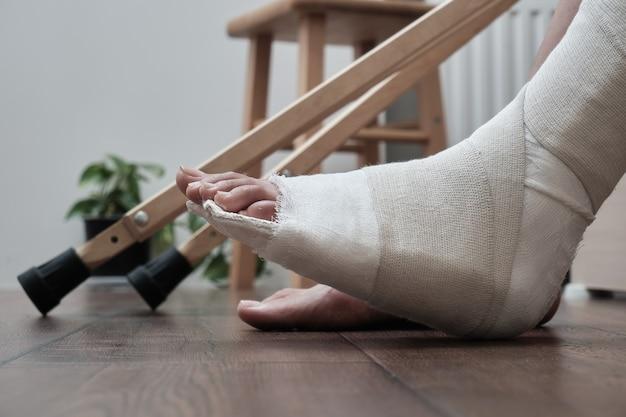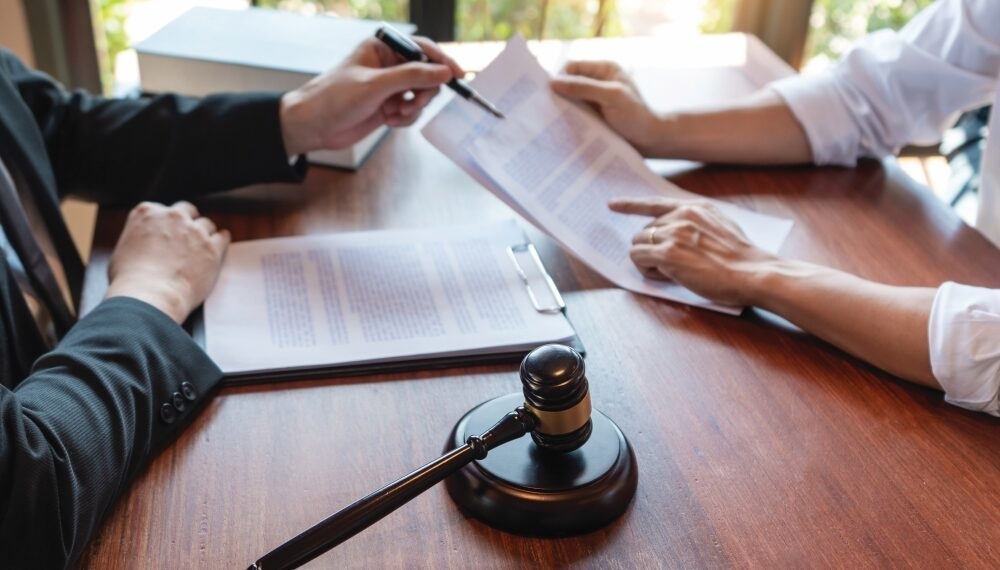Slip and fall cases in Florida often hinge on one critical question: how well did the business document its safety practices? While many property owners focus on cleaning procedures, staffing, or maintenance routines, they frequently overlook documentation—one of the most influential pieces of evidence in any premises liability claim. Florida law requires businesses to act reasonably in preventing foreseeable harm, and proper documentation serves as proof that these obligations were met. When documentation is incomplete or inconsistent, liability shifts rapidly toward the property owner. Chalik and Chalik, a law firm representing injured individuals exclusively, regularly confronts documentation failures that reveal preventable hazards and overlooked responsibilities.
Documentation is not a mere formality; it is a safeguard that demonstrates whether a business exercised reasonable care. Florida Statutes §768.0755 places the burden of proof on the injured person to show that a property owner had actual or constructive knowledge of a dangerous condition. However, if a business cannot show the timing of its inspections, cleaning intervals, or hazard responses, courts may infer that the property owner failed to uphold its duty. Even a well-maintained store may face liability if it cannot produce logs or reports showing consistent practices. In contrast, strong documentation can help clarify the timeline of events, reveal patterns, and support or weaken claims about constructive notice.
One of the most effective forms of documentation is the inspection log—a written record showing when employees checked various areas of the property. In Florida’s high-traffic commercial environments, inspection routines should be frequent, predictable, and tailored to known risk zones. Entranceways, produce sections, beverage aisles, restrooms, and checkout areas often require more frequent monitoring because of recurring hazards. Many cases involving large Florida supermarkets demonstrate how documentation becomes central to determining liability. Public court discussions of Publix slip and fall litigation frequently highlight the importance of inspection logs in establishing whether a hazard existed long enough to be discovered.
Another essential document is the incident report. When a visitor falls, the immediate response sets the tone for the entire legal dispute. The incident report should capture objective details—location, time, appearance of the hazard, and witness names. Unfortunately, many reports are vague, incomplete, or written in a manner that favors the business rather than accuracy. Statements like “the spill just happened” or “the floor was clean moments earlier” often appear without supporting evidence. These phrases later become points of contention as attorneys and investigators compare them to surveillance footage, maintenance logs, or witness testimony. Inconsistencies weaken a business’s credibility and may strengthen the injured individual’s claim.
Surveillance footage is equally important. Many Florida businesses fail to preserve video unless specifically requested, and some overwrite footage within days. When video is missing, disputes over the timeline of a hazard intensify. Footage can show how long a spill existed, whether employees walked past it, and how visible the hazard was to patrons. Footage may also reveal recurring issues, such as condensation dripping from refrigeration units or heavy foot traffic tracking moisture into the store. These patterns frequently arise in large retail environments and are reflected in legal analysis involving Walmart slip and fall claims, where video often plays a central role in establishing liability.
Maintenance records provide additional context. Air conditioning issues, leaking refrigeration units, and malfunctioning cleaning equipment often create recurring hazards. If maintenance requests go unanswered or repairs are delayed, these lapses may indicate negligence. Florida’s humid climate and frequent rainfall make maintenance particularly important because environmental factors can quickly turn minor flooring problems into serious safety hazards. When a slip and fall occurs, attorneys and investigators review these records to determine whether the business was aware of the recurring condition and whether it acted reasonably to address it.
Training documentation is another overlooked component. Even when inspection procedures exist, liability may arise if employees were not properly trained to follow them. A business may produce a handbook outlining safety protocols, but without training logs showing employee participation, those written policies may be considered theoretical rather than operational. Training failures often become evident when employees provide inconsistent statements about inspection procedures or hazard response steps. Courts view training as a critical indicator of whether safety protocols were taken seriously or merely outlined on paper.
Businesses that rely on verbal routines rather than written protocols place themselves at increased legal risk. A manager claiming that “the staff checks the floors regularly” is unlikely to persuade a court without documentation showing when, where, and how often inspections occurred. In contrast, written logs, digital inspection tracking systems, and consistent incident reports provide objective evidence that can help determine the presence or absence of negligence. These records do not only help businesses—they also clarify events for injured individuals seeking fair compensation under Florida law.
Ultimately, documentation shapes slip and fall claims in Florida because it reflects whether a business anticipated foreseeable hazards and responded appropriately. Without accurate records, it becomes impossible to determine whether the hazard existed for seconds or hours, or whether employees acted promptly or negligently. For injured individuals, the absence of documentation often strengthens their claim, revealing gaps in safety practices that should have been addressed long before the accident. Through meticulous analysis of logs, video, maintenance records, and training materials, attorneys at Chalik and Chalik help victims uncover the truth behind their injuries and pursue the compensation necessary to support their recovery.




